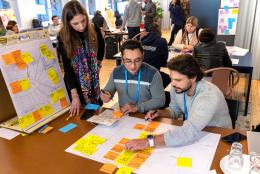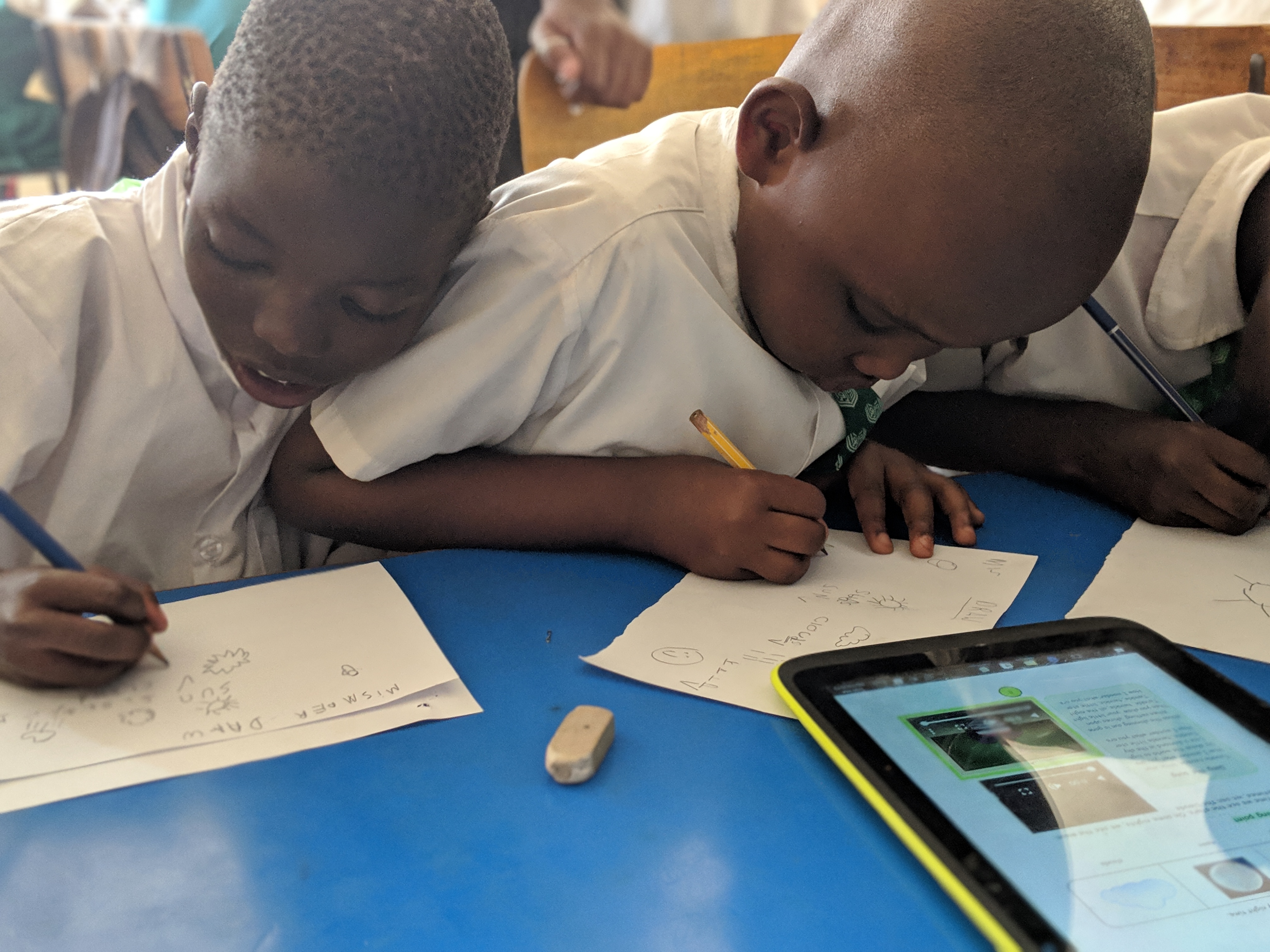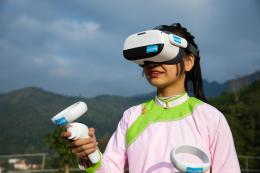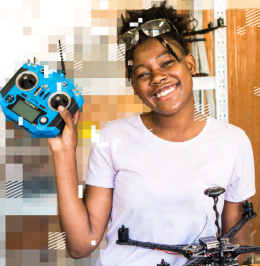What do we mean when we talk about an “Accessible Digital Textbook” and “Universal Design for Learning”?
An “accessible digital textbook” is a digitized textbook in the EPUB 3 Format, designed following “Universal Design for learning principles” and provided with multi-media overlays to support children with and without disabilities in their learning process.
A textbook developed under a “Universal Design for Learning” approach has more features that are more effective for more people in more situations. The features of the technology proposed for one type of disability are often equally useful for different types of disabilities. Accessible digital formats are versatile and users can customize and combine different features like audio narration, sign language videos, interactivity and audio-description of images and other features to suit different access needs or preferences. This way, no presumptions on what are the needs for a specific type of disabilities are made, but rather offering the user to choose what is best for learning. It enhances utilization and learning for children with and without disabilities and may facilitate the learning experience through flexible ways of learning.
In the last months, we have made progress in a number of areas. First, we succeeded in the production of the first pages of an accessible digital textbook, following universal design for learning principles, by technically supporting the Kenya Institute of Curriculum Development (KICD). Second, the production of media-overlays for children with hearing impairment, visual impairment and intellectual disabilities done by KICD for an entire pilot book are underway and will be finalized at the end of this year with technical support offered by eKitabu. Third, UNICEF Kenya and partners successfully supported and advocated for a government policy that paves the way towards inclusive education in Kenya and the accessible digital textbook was mentioned by the President of the Republic as one important project for inclusion during the launch of the policy in May 2018.
For the success of the project, and ensure sustainability, it is crucial to include all stakeholders. We therefore held two workshops with representatives from disability people’s organizations (DPOs), teachers, Ministry of Education officials, curriculum developers and designers, publishers, technologists and education specialists to inform and co-create the textbook together. While good progress was already made and we are moving forward with the development of accessible digital resources, many helpful questions were also raised in the process so far. The two most discussed topics were around the process of the production of the textbook. Should you produce content specifically for each disability first, before uniting it into one version or start with a “Universal Design” version from the beginning? Should “Signed Exact English” or “Kenyan Sign Language” be used in the media-inserts of the textbook?
These discussions are vital as they reflect the ongoing challenges that inclusive education still face in Kenya and around the world. The work around the accessible digital textbook does not only highlight how technology can overcome some of these challenges but also provides stakeholders with a platform to fruitfully engage on a variety of issues pertinent to achieve inclusive education for every child.
Moving forward, we are planning to conduct rigorous testing of the developed accessible digital textbook to incorporate feedback from children and teachers, once Kenyan schools are reopening for the new school year in January 2019 and conduct further engagements with the wider group of stakeholders, including DPOs and publishers. Furthermore we will continue to engage with the Ministry of Education, KICD, publishers and the technology partner eKitabu to make more digital textbooks in Kenya accessible for all children in Kenya. Finally, we are planning to share our experiences with colleagues in the region to support the implementation of similar projects planned in the region, specifically in Rwanda and Uganda, as well as in other parts of the world.
With the seed-funding received from the UNICEF Innovation Fund we were able to start this project and successfully collaborate across the public and private sector and actively involve UNICEF colleagues from different offices, making important collaboration possible and pave the way for similar projects around the globe. Thanks to the additional resources received from the Finnish National Committee for UNICEF, through a shared-value partnership with Nokia, we will be able to test the textbook in a wider range of schools, including in some of the most remote ones in Kenya to increase learning outcomes for all children including the most marginalized, using innovative digital solutions.
Related Stories




